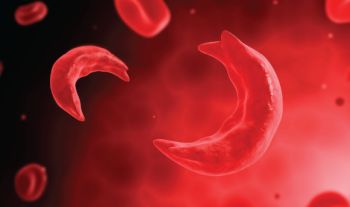Nutritional challenges and determinants in children with sickle cell disease in Chhattisgarh, India
Abstract
Background
Sickle cell disease (SCD) is one of the commonest single gene disorders recognized as a public health priority. Slow growth is common in children with SCD due to the vicious cycle of malnutrition and infection among them. Increasing knowledge that nutritional problems are fundamental to the severity of the disease has produced interest in promoting dietary supplementation for treating these patients.
Objective
The objective of the present study was to assess nutritional status and associated factors in SCD patients registered at the Sickle Cell Institute Chhattisgarh, Raipur, CG, India.
Methods
We reviewed clinical data from documents/secondary records among a cohort of 671 children with SCD 0-18 years oldat the Sickle Cell Institute.
Results
Out of all 671 children included in the study, 380 (56.6%) were male. Underweight, stunting and wasting proportions were 58%, 37.7% and 38.9% respectively. 16% children had chronic malnutrition (low height for age). 62% of the malnourished children were ≥ 11 years old and38% were ≤ 10 . 64% of the children who needed hospitalization were also in the older age group. Chronic malnutrition was significantly higher among children with an O Rh+ blood group (39.8%). 26.7% had sought care in hospital before diagnosis either for blood transfusion or for a vaso-occlusive crisis.
Conclusions
A significant proportion of chronic malnutrition was seen among the study population mixed with underweight, stunting and wasting. Older children with an O+Ve blood group had increased risk of hospital admission. Children should get priority for nutritional intervention as adjunct treatment with standard care practice to increase survival chances.

Authors retain all copyrights. In making a submission to World Nutrition, they are certifying that all material is theirs except quotations, as indicated, and that they have obtained permission for any photos, tables, or graphics taken from other publications or websites.




